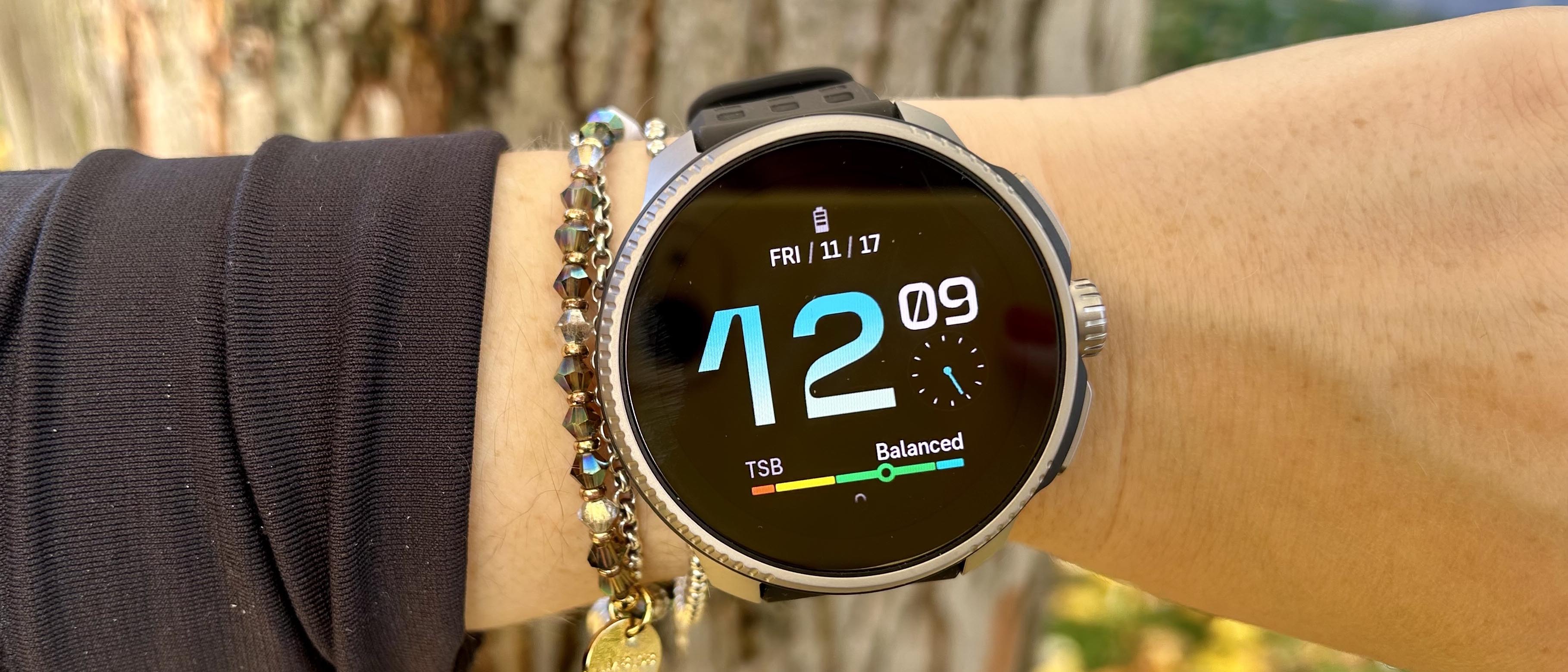Tom's Guide Verdict
The Suunto Race is, by far, the best running watch Suunto has made. It’s got plenty of advanced training features to compete with Garmin, as well as a bright AMOLED touchscreen.
Pros
- +
Bright AMOLED touchscreen
- +
Accurate multi-band GPS
- +
Excellent price point
- +
Two different versions to choose from
- +
Good mapping features
Cons
- -
Heart rate not as accurate as competitors
- -
Not many smartwatch features
Why you can trust Tom's Guide
It’s been a while coming, but Suunto has finally entered the best running watch chat with the Suunto Race. It’s the best running watch we’ve seen Suunto make for a long time, with a bright, AMOLED screen, advanced mapping capabilities, and multi-band GPS. Plus, Suunto has positioned it at an excellent price point — you’re getting a lot for your money here.
Display Size: 1.43 inches
Resolution: 466x466 pixels
Weight: 83 g / 2.93 oz
GPS battery life: 40hrs in multiband/dual-frequency
Connectivity: Wi-Fi, Bluetooth, ANT+
But how does it compare to the likes of the Garmin Forerunner 965, and some of the other best running watches on the market? To find out more, I’ve been putting it to the test over several different runs and workouts over the past few weeks. Read my full Suunto Race review below to find out more.
Suunto Race review: Price and availability
The Suunto Race is available in two different versions — a more affordable version with a stainless steel bezel, which costs $449/£389, and a version with a titanium bezel, which retails at $549/£479. This is cheaper than the Garmin Forerunner 965, which costs $599/£549.
The Suunto Race is available now online and in stores. Both the stainless steel and titanium bezel watches come with a black silicone strap as standard, but this can easily be swapped out. Suunto sells other compatible straps, but you don’t get a customization option when buying the watch.
Suunto Race review: Design
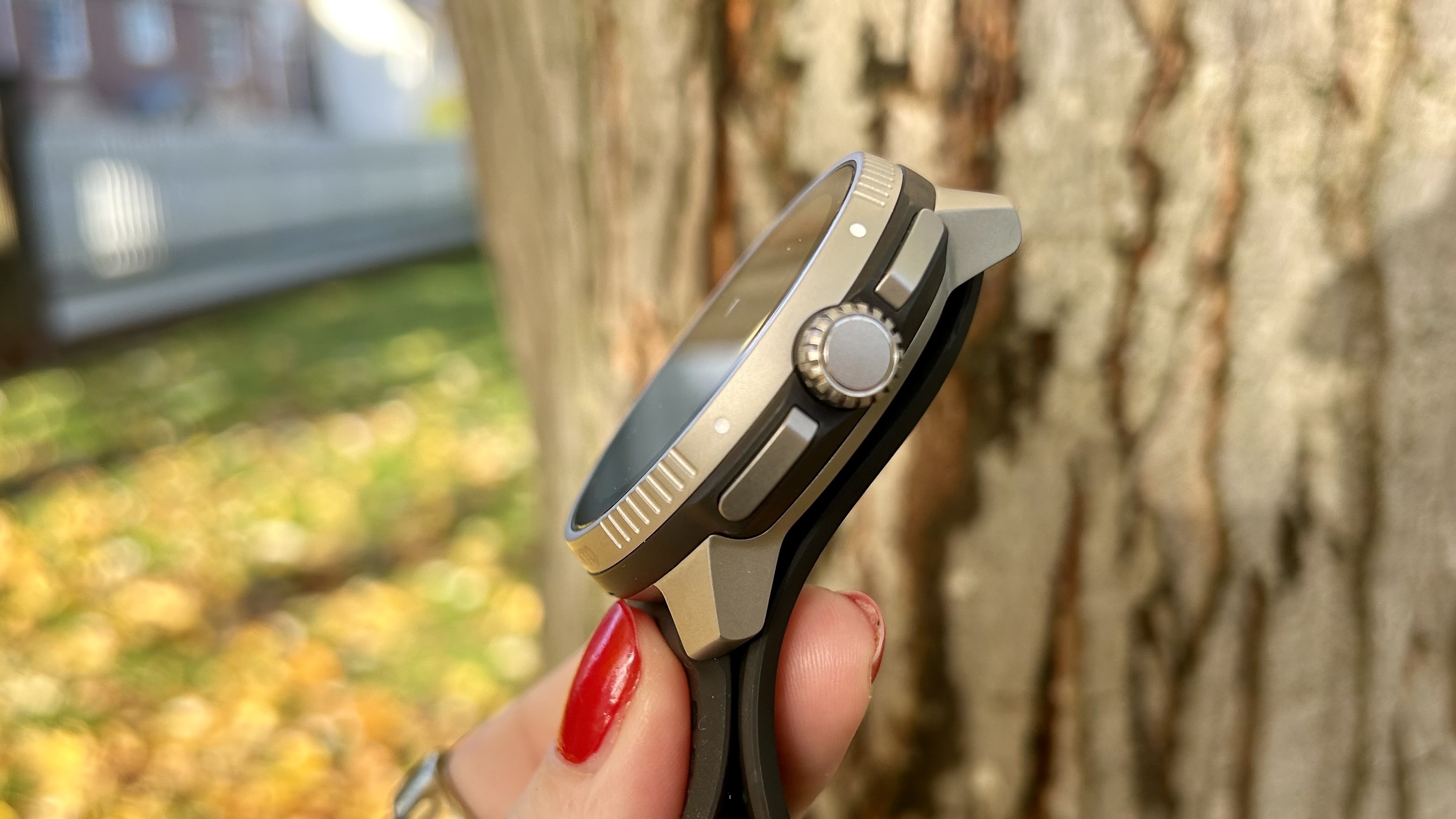
The Suunto Race has a 1.43-inch round display, with two different bezel options, as outlined above. The watch is controlled by three buttons on the right-hand side — two physical buttons, and a Digital Crown that allows you to scroll through the menus on the watch without having to use the touchscreen.
Talking of the touchscreen, the Suunto Race has a 466 x 466-pixel AMOLED screen, which has a brightness of 1,000 nits. During testing, I found that the screen was easy to see in both direct sunlight and darker conditions. There are two modes you can use on the watch — always-on, or gesture-based. The latter turns the screen off entirely when you lower your wrist, saving battery. Battery life is obviously important to Suunto with this watch, as there’s another couple of options available for when you turn or raise your wrist — display only, which simply shows you the time, or full wake mode.
I appreciated the simple design of the Suunto Race, and found it easy to navigate around the watch. I didn’t have any issues with lag when using the touchscreen, although I’d say it isn’t quite as instant as the screens on Garmin and Apple watches. I also wish there were a few more watch faces to choose from to really show off the bright screen. I’ve also never been a huge fan of a Digital Crown, but appreciate that it’s there, as I hate relying on a touchscreen when I have sweaty fingers or when I’m wearing gloves.
Get instant access to breaking news, the hottest reviews, great deals and helpful tips.
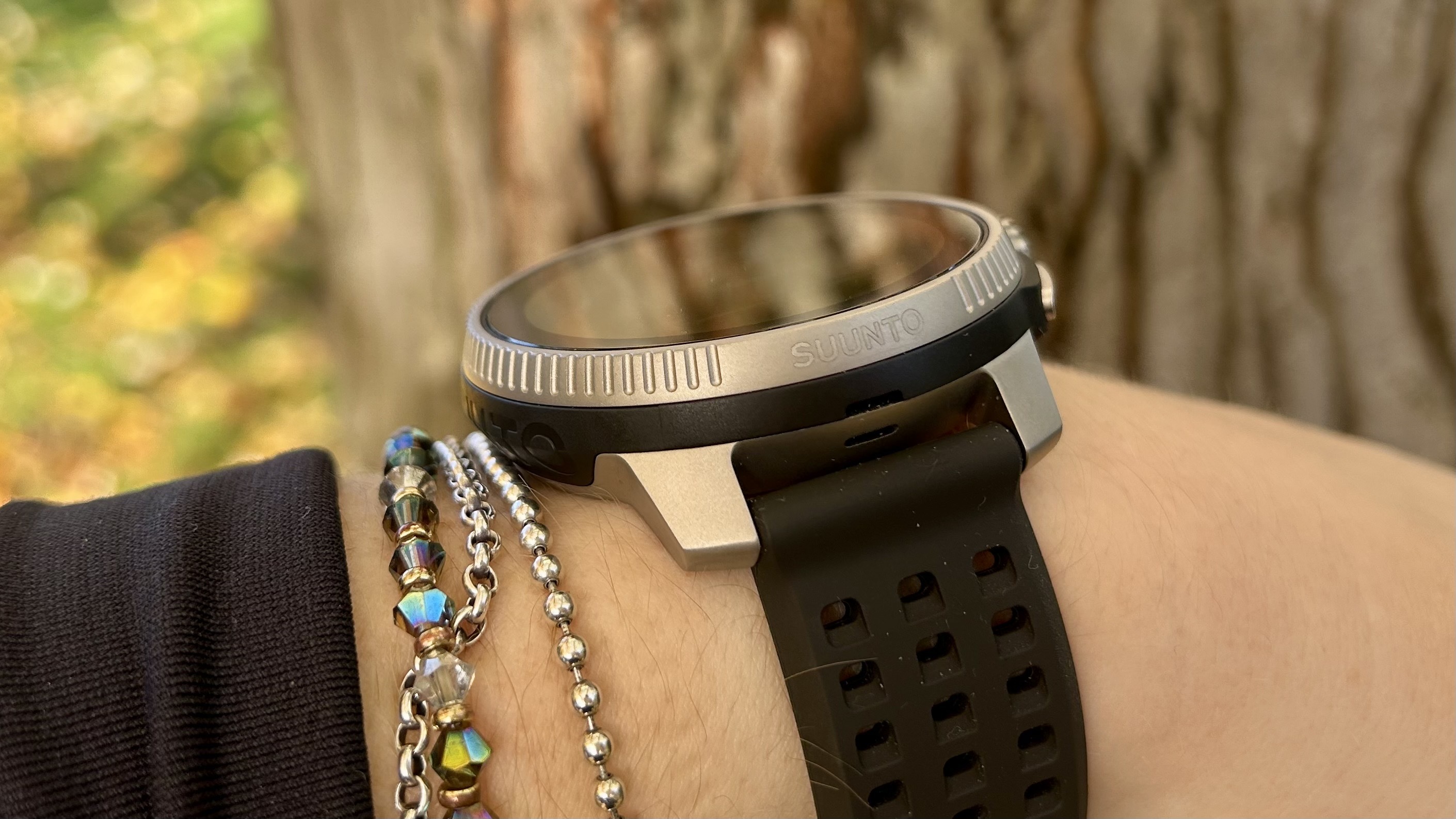
Despite the watch being pretty big on my wrist, I found it comfortable to wear and nice and lightweight. My one critique with the Garmin Forerunner 965 was that there wasn’t two different bezel sizes, to accommodate people with smaller wrists, like me, and the same applies here. That said, I didn’t find the watch dug in, or felt overly heavy, especially compared to something like the Apple Watch Ultra 2, which I find uncomfortable to sleep in.
Suunto Race review: Battery life
Whether you’re training for a marathon, or getting into running for the first time, you don’t want to be charging your watch after every run (Apple, please take note). The battery life on the Suunto Race is impressive — according to Suunto, the watch will last 12 days with daily use (as in just checking the time/notifications, but not recording any activities), or 26 days if you turn the heart rate monitor off.

In GPS mode, the watch will last 40 hours with max accuracy, multi-band GPS, or 120 hours in low GPS mode, with heart rate monitoring turned off. These stats are impressive — while I found them to be a little generous, on most runs I only lost 1-2% battery, so you’re definitely getting at least a week’s battery life from this watch on a single charge.
Suunto Race review: Health features
Of course, you don’t just buy a running watch to track your pace on the run — these days, watches are designed to be worn 24/7, with heart rate and sleep tracking built-in. The Suunto Race has all of the health features we’ve come to expect from our watches — the watch will track your sleep, and show you a graph of your sleep stages, your Heart Rate Variability (HRV) and recovery times.
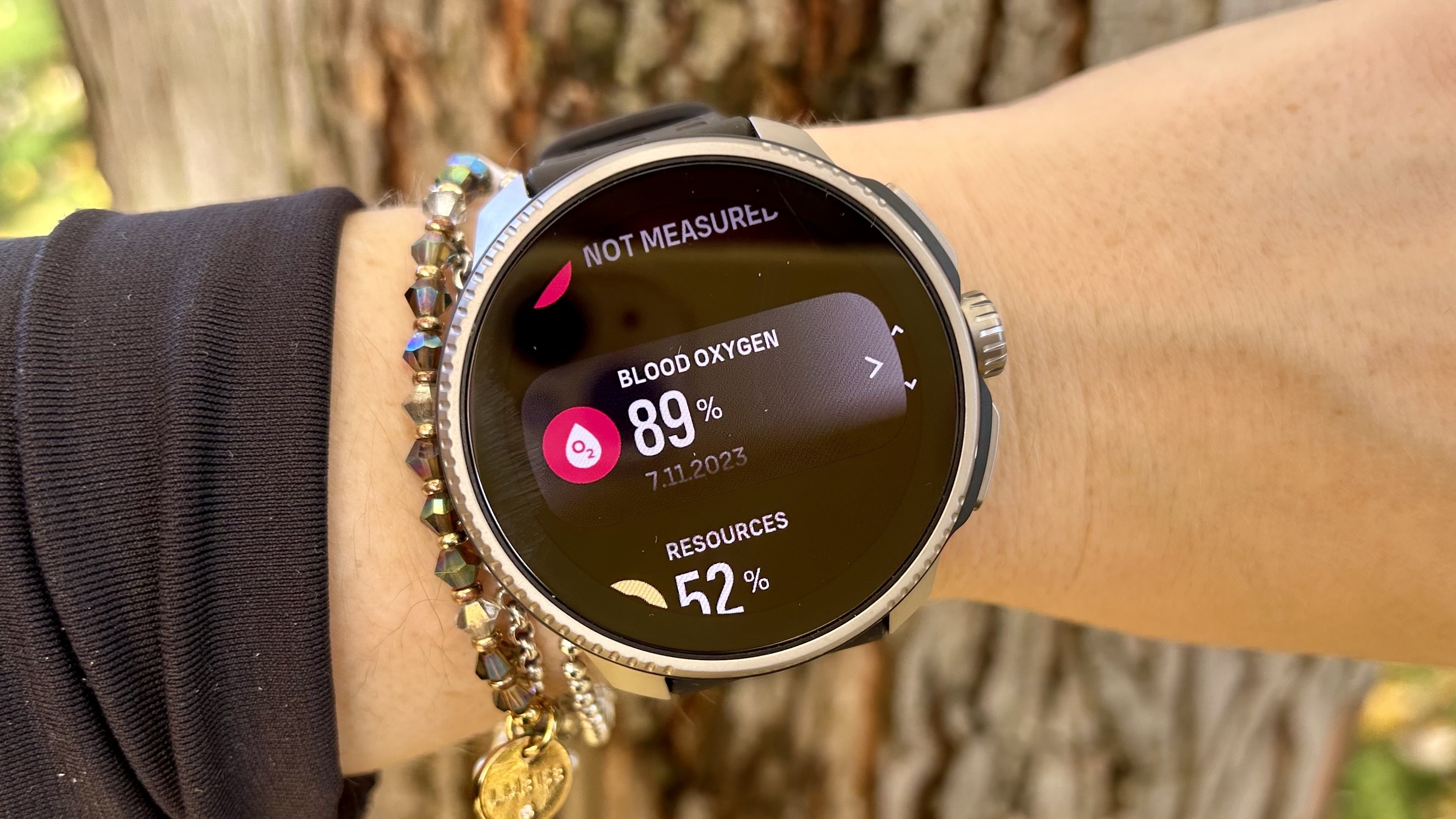
The Suunto Race has a lot of health features similar to those that have been around on Garmin for a while. There’s now a Morning Report on the Suunto Race, telling you how well you slept that night — it now stays on the watch until you dismiss it, so you actually get a chance to look at the data from your wrist. The report will also monitor your HRV values as you sleep, and show you the average. Talking of HRV, there’s also a ‘Recovery HRV’ widget, that looks at the last 14 nights of sleep, and where you currently stand. This amount of data won’t be for everyone, but if you’re getting serious about your training, it’s a handy feature to have.
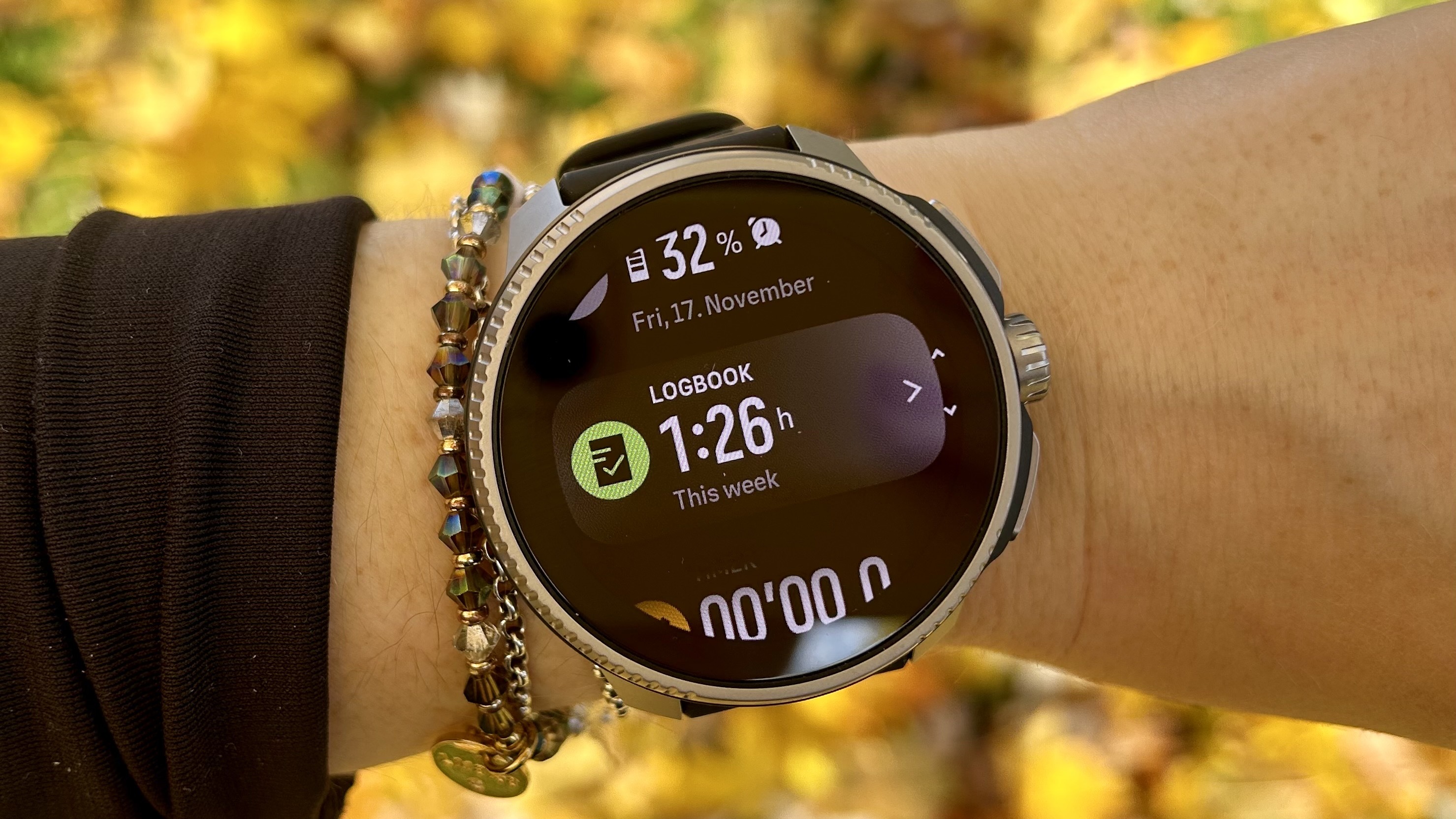
When comparing the sleep data from the Suunto Race to my Oura ring, which I’ve been wearing for over a year, I found the two to be pretty accurate. I’m currently six-months pregnant, and the Suunto Race correctly noted my various trips to the bathroom in the middle of the night, as well as my weekend naps (hey, growing a baby is hard work).
Talking of growing a baby, it’s worth noting that compared to the likes of Garmin and Apple, there’s no menstrual tracking or pregnancy tracking features on the Suunto Race. Again, this won’t be a problem for everyone, but it’s something I’d miss if I was switching from Garmin to Suunto.
Like other running watches on the market, to drill down into more data, you’ll need to use the Suunto app on your phone. The Suunto Race connects to both iOS and Android devices via the Suunto app, and on the app itself, you can get much more detailed information.
Suunto Race review: Running features
If you’re buying a Suunto watch, it’s probably to track your workouts. Like other running watches on the market, the Suunto Race has plenty of built-in workout modes, with customizable data fields. To find the different modes, simply scroll using the Digital Crown, where you’ll see them ordered by which you have recently used. You can also use the SuuntoPlus store to download more sports profiles to the watch, should you want to.
From a GPS perspective, I used the Suunto Race alongside the Garmin Forerunner 965 while testing the watch, and found the GPS to be pretty much spot on. Looking at my GPS mapping following the run, both watches were pretty much identical.
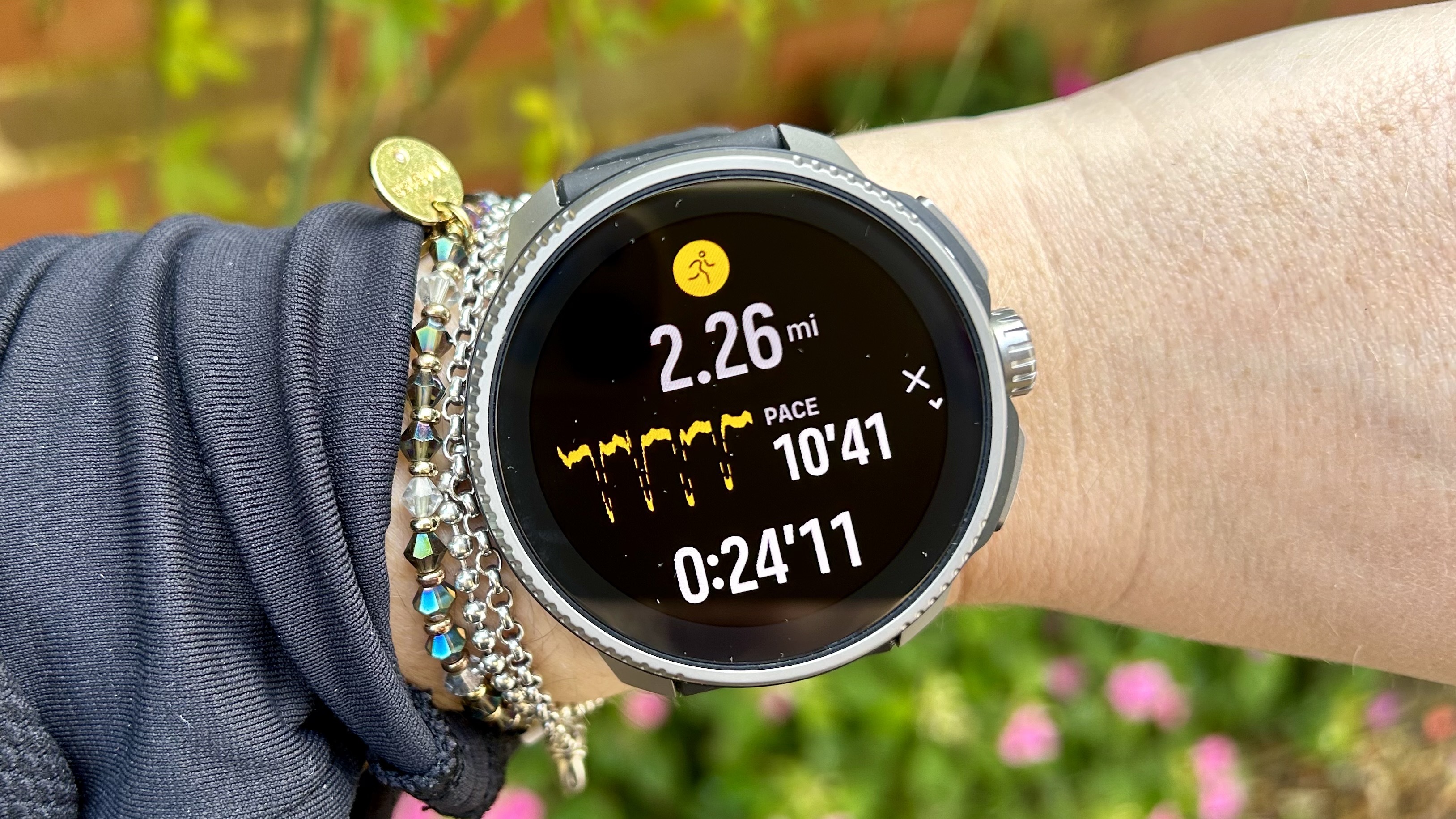
One slight bug bear I found when testing the Suunto Race, and other Suunto running watches for that matter, is that it’s a little fiddly connecting sensors to the watch. The Suunto Race allows you to use Bluetooth to connect heart rate sensors, cycling power sensors, and other equipment, but you can only connect one sensor of each type, and it doesn’t show the name of the sensor it’s connected to. This makes it tricky to work out what is connected to the watch at one time and while it won’t apply to most, if you’re a cyclist gearing up for a few months of winter training indoors, it’s something to note.
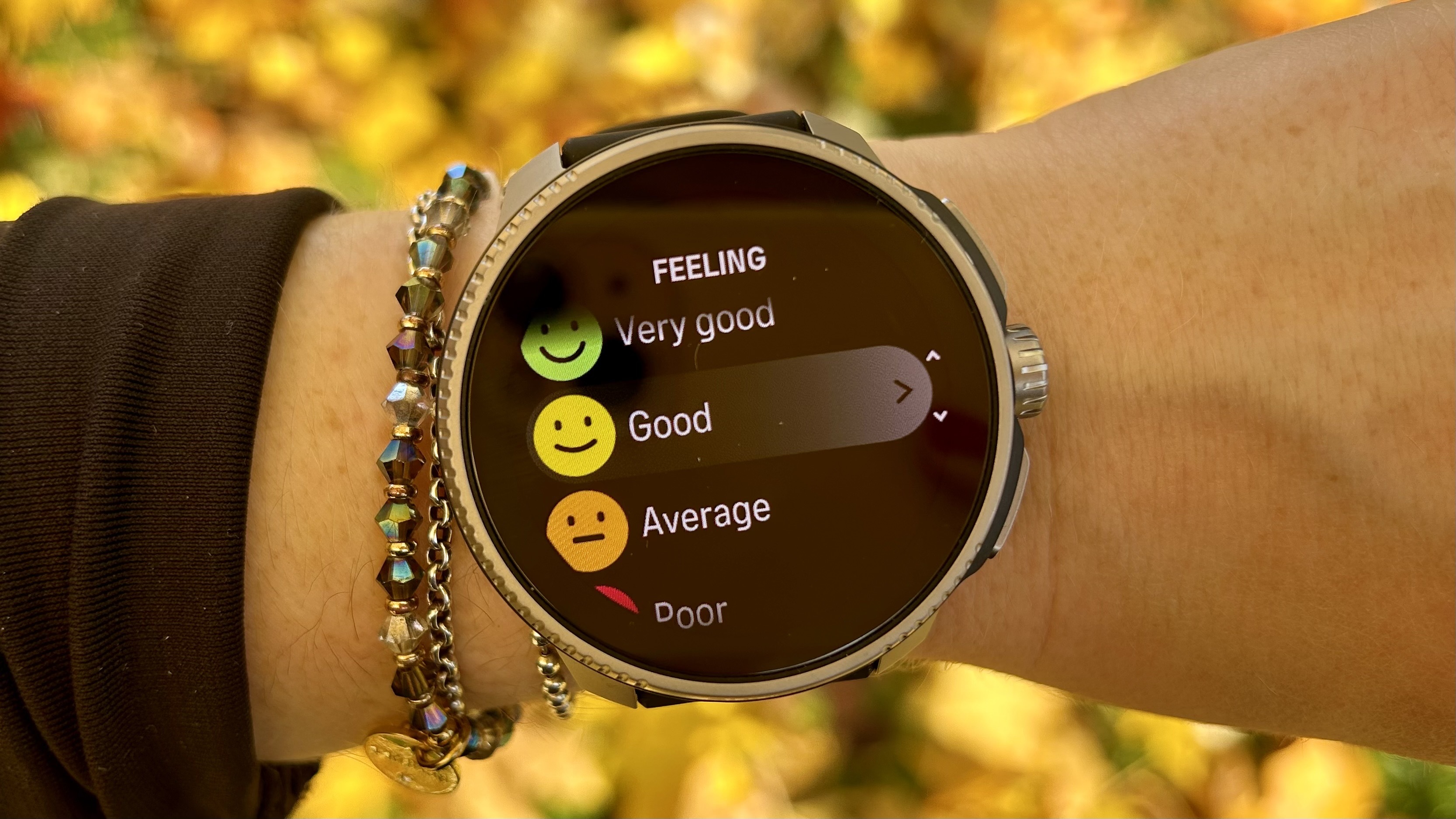
You also can’t use the Suunto Race to share your Heart Rate with third-party equipment, so if you’re a Peloton or Zwift fan, you’ll still need to wear a separate heart rate monitor.
On the whole, however, the Suunto Race was an impressive watch to have on my wrist for my runs and hikes outdoors. It recorded everything as expected, although it recorded my heart rate a little higher than it did on my Garmin (which was connected to a Garmin chest strap) and Apple Watch. It didn’t crash, or lag, and I was happy with its performance. This is definitely a reliable running watch, and you can easily sync the watch with apps like Strava or TrainingPeaks to keep track of your training.
Suunto Race review: Offline mapping
Another area where this watch excels is offline mapping, which we saw on the Suunto Vertical, and now the Suunto Race. Sure, it takes a while to get the maps onto your watch — it took me about an hour to download and then upload the London map to the device itself, but once it’s on there, it’s simple to use. I found the AMOLED screen made using the navigation on the watch easy, and there was a clear blue arrow showing me which way to turn when run-commuting in a new part of the city.
It’s a good feature, and one that helps this watch compete with the likes of the Garmin Forerunner 965, Garmin Epix 2 and Garmin Fenix 7 lines. That said, if you’re traveling, plan ahead and download your maps before you want to head out for a run.
Suunto Race review: Smartwatch features
It’s at this part of most running watch reviews that I argue that you don’t buy a running watch if you want tons of smartwatch features. The same applies here — this isn’t the most advanced smartwatch, but I’d argue it doesn’t need to be. That said, it does feel that the Suunto Race is missing essentials that Garmin watches do have, such as offline music storage, and the option to pay for items from your wrist on the go.
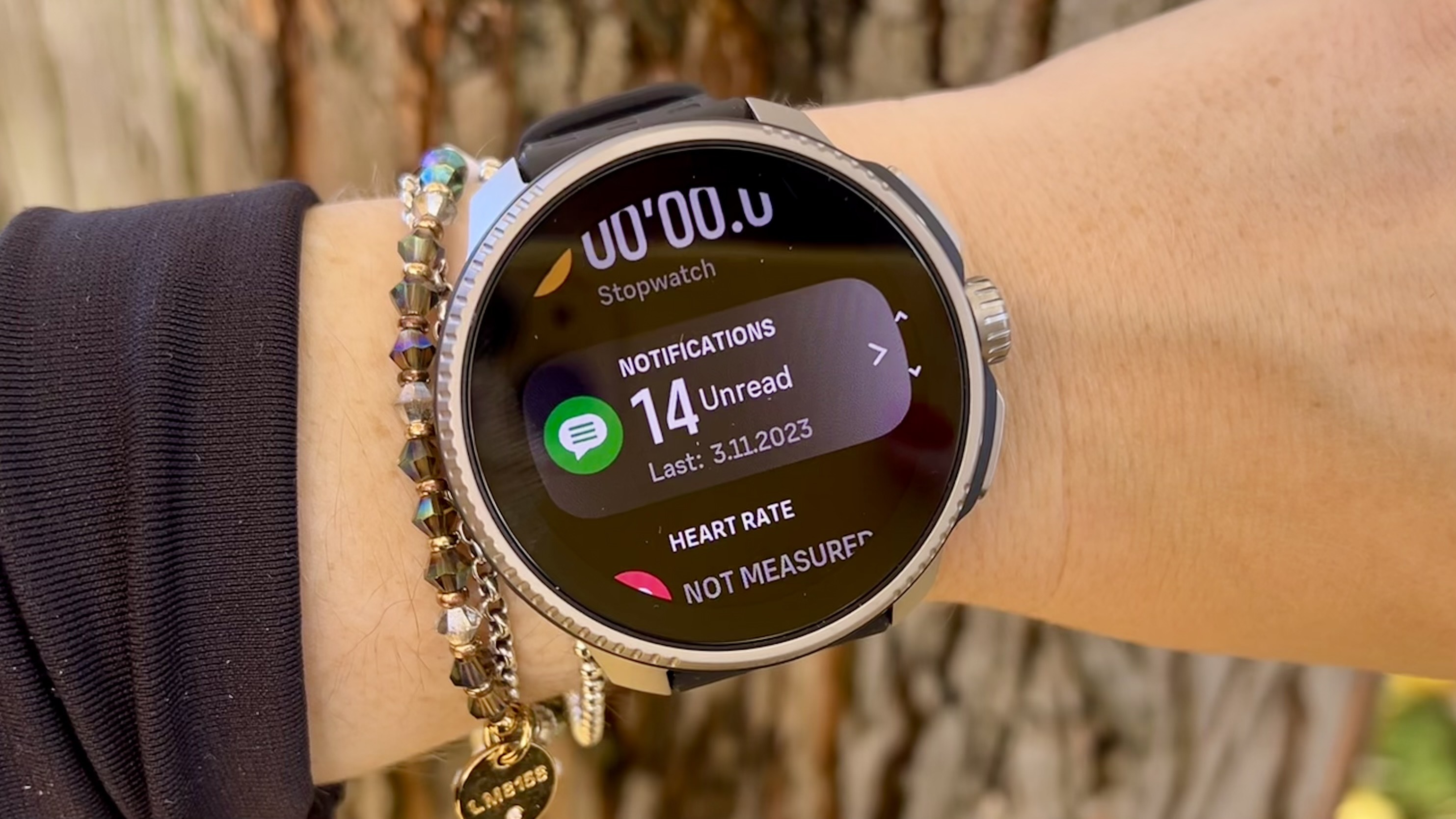
You can, however, use the watch to control the music playing on your smartphone. You can also view your smartphone notifications from your wrist, although there isn’t any way to reply (although Apple don’t permit this anyway), or even see emojis in the messages, which feels a little basic.
Suunto Race review: Verdict
The Suunto Race is the most exciting running watch we’ve seen from Suunto in a long time. It’s a big leap forward for the brand, and this is a good watch for someone looking for a bright screen, and an excellent battery life, as well as accurate GPS and navigation tools. Suunto means business with the price point of this wearable, and for the price, it’s got a lot of impressive features.
That said, if you want a running watch that’ll double as a smartwatch, this doesn’t have a lot of the basics, like music playback or wrist payments. If this is essential to you, I’d check out the similarly priced Garmin Forerunner 265, which does allow you to do these things.

Jane McGuire is Tom's Guide's Fitness editor, which means she looks after everything fitness related - from running gear to yoga mats. An avid runner, Jane has tested and reviewed fitness products for the past five years, so knows what to look for when finding a good running watch or a pair of shorts with pockets big enough for your smartphone. When she's not pounding the pavements, you'll find Jane striding round the Surrey Hills, taking far too many photos of her puppy.
